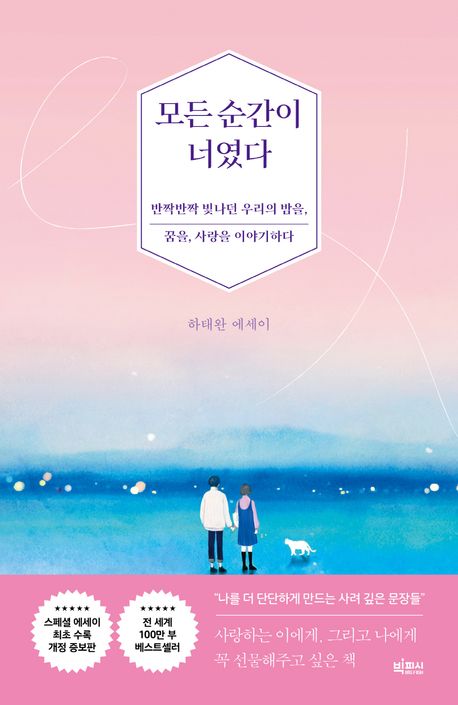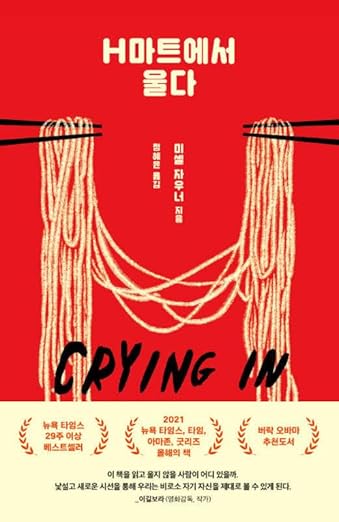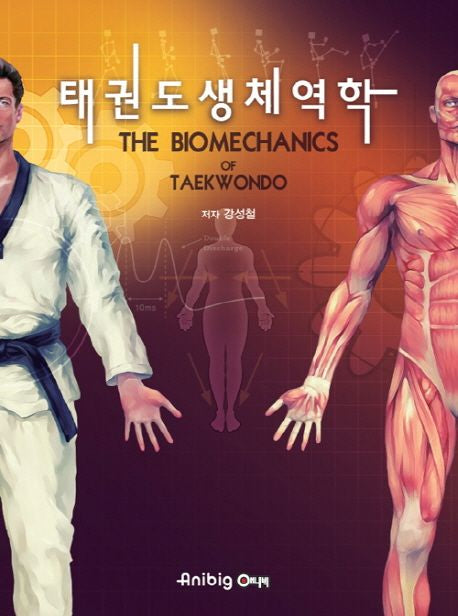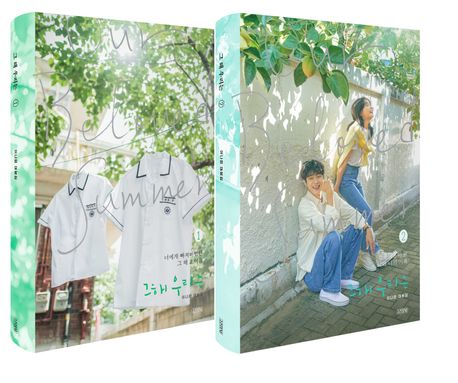{"id":9033271443674,"title":"your cold hands by 한강(Han Kang) Original Korean Edition","handle":"your-cold-hands-by-han-kang-original-korean-edition","description":"\u003cp data-start=\"87\" data-end=\"138\"\u003e\u003cstrong data-start=\"87\" data-end=\"136\"\u003e“Something was hidden.\u003cbr data-start=\"111\" data-end=\"114\"\u003eSomething terrible.”\u003c\/strong\u003e\u003c\/p\u003e\n\u003cp data-start=\"140\" data-end=\"291\"\u003eA primal terror lurking behind the white mask,\u003cbr data-start=\"186\" data-end=\"189\"\u003eexistential pain and wounds sculpted into the heights of art—\u003cbr data-start=\"250\" data-end=\"253\"\u003eHan Kang’s second full-length novel.\u003c\/p\u003e\n\u003cp data-start=\"293\" data-end=\"432\"\u003eA scorching gaze that bores into the hollow core of life,\u003cbr data-start=\"350\" data-end=\"353\"\u003ea meditation on the desolate truths stifled beneath the shell of appearances.\u003c\/p\u003e\n\u003cp data-start=\"434\" data-end=\"1681\"\u003eAfter debuting in the winter 1993 issue of \u003cem data-start=\"477\" data-end=\"501\"\u003eLiterature and Society\u003c\/em\u003e with the poem \u003cem data-start=\"516\" data-end=\"533\"\u003eWinter in Seoul\u003c\/em\u003e and four others, and winning the \u003cem data-start=\"567\" data-end=\"582\"\u003eSeoul Shinmun\u003c\/em\u003e New Year’s Literary Contest in 1994 with her short story \u003cem data-start=\"640\" data-end=\"652\"\u003eRed Anchor\u003c\/em\u003e, Han Kang published her second novel, \u003cem data-start=\"691\" data-end=\"708\"\u003eYour Cold Hands\u003c\/em\u003e, four years after \u003cem data-start=\"727\" data-end=\"739\"\u003eBlack Deer\u003c\/em\u003e (1998). In this book, she employs the device of “life casting”—a sculptural technique that creates molds of the human body using plaster and other materials—to probe with intensity the wounds and anguish of existence. With her rich allegories and lyrical yet piercing prose, Han Kang has captured life’s contradictions with keen precision, earning strong support from both critics and readers, as well as numerous awards, including the Korean Novelists’ Award (1999), Today’s Young Artist Award (2000), Yi Sang Literary Award (2005), Dongri Literary Award (2010), Manhae Literary Award (2014), Hwang Sun-won Literary Award (2015), the International Booker Prize (2016), the Malaparte Prize (2017), the Kim Yu-jeong Literary Award (2018), the San Clemente Literary Prize (2019), the Daesan Literary Award (2022), the Prix Médicis Étranger (2023), the Émile Guimet Prize for Asian Literature (2024), and the Nobel Prize in Literature (2024).\u003c\/p\u003e\n\u003cp data-start=\"1683\" data-end=\"2084\"\u003e\u003cem data-start=\"1683\" data-end=\"1700\"\u003eYour Cold Hands\u003c\/em\u003e “draws out the dark interior of human nature hidden beneath the masks of society through the confessional memoir left behind by a sculptor who has disappeared. It is, in a sense, a novel of the artist—an exquisitely crafted story that delves deeply into the duality of human beings, the essence of existence, and the problem of form” (\u003cem data-start=\"2036\" data-end=\"2060\"\u003eLiterature and Society\u003c\/em\u003e, Spring 2002, p. 35).\u003c\/p\u003e\n\u003cp data-start=\"2086\" data-end=\"2699\"\u003eWhile dealing with the mysterious disappearance of the sculptor, the novel retraces the secret history surrounding the eerie, inhuman works he left behind, peering into the abyss of the human spirit. The narrator H, who gazes upon sculptor Jang Un-hyung “in order not to miss that terrifying instant when a shard of truth sparks and vanishes” (p. 20), reflects the author’s own literary insight: “That useless, fragile truth, that fleeting beauty of a moment—that, at times, is all we truly have. It may even hold the power to heal” (\u003cem data-start=\"2620\" data-end=\"2648\"\u003eAuthor’s Letter – Han Kang\u003c\/em\u003e, \u003cem data-start=\"2650\" data-end=\"2674\"\u003eLiterature and Society\u003c\/em\u003e, Summer 2002, p. 718).\u003c\/p\u003e","published_at":"2025-09-28T15:10:44+09:00","created_at":"2025-09-28T15:10:44+09:00","vendor":"Munhak-kwa-Jiseongsa","type":"KOREAN BOOKS","tags":["Han Kang","your cold hands"],"price":1900,"price_min":1900,"price_max":1900,"available":true,"price_varies":false,"compare_at_price":null,"compare_at_price_min":0,"compare_at_price_max":0,"compare_at_price_varies":false,"variants":[{"id":46929387749594,"title":"Default Title","option1":"Default Title","option2":null,"option3":null,"sku":null,"requires_shipping":true,"taxable":true,"featured_image":null,"available":true,"name":"your cold hands by 한강(Han Kang) Original Korean Edition","public_title":null,"options":["Default Title"],"price":1900,"weight":500,"compare_at_price":null,"inventory_quantity":20,"inventory_management":"shopify","inventory_policy":"deny","barcode":null,"requires_selling_plan":false,"selling_plan_allocations":[]}],"images":["\/\/i-eung.com\/cdn\/shop\/files\/yourcoldhands.jpg?v=1759039878"],"featured_image":"\/\/i-eung.com\/cdn\/shop\/files\/yourcoldhands.jpg?v=1759039878","options":["Title"],"media":[{"alt":null,"id":40082565529818,"position":1,"preview_image":{"aspect_ratio":0.679,"height":675,"width":458,"src":"\/\/i-eung.com\/cdn\/shop\/files\/yourcoldhands.jpg?v=1759039878"},"aspect_ratio":0.679,"height":675,"media_type":"image","src":"\/\/i-eung.com\/cdn\/shop\/files\/yourcoldhands.jpg?v=1759039878","width":458}],"requires_selling_plan":false,"selling_plan_groups":[],"content":"\u003cp data-start=\"87\" data-end=\"138\"\u003e\u003cstrong data-start=\"87\" data-end=\"136\"\u003e“Something was hidden.\u003cbr data-start=\"111\" data-end=\"114\"\u003eSomething terrible.”\u003c\/strong\u003e\u003c\/p\u003e\n\u003cp data-start=\"140\" data-end=\"291\"\u003eA primal terror lurking behind the white mask,\u003cbr data-start=\"186\" data-end=\"189\"\u003eexistential pain and wounds sculpted into the heights of art—\u003cbr data-start=\"250\" data-end=\"253\"\u003eHan Kang’s second full-length novel.\u003c\/p\u003e\n\u003cp data-start=\"293\" data-end=\"432\"\u003eA scorching gaze that bores into the hollow core of life,\u003cbr data-start=\"350\" data-end=\"353\"\u003ea meditation on the desolate truths stifled beneath the shell of appearances.\u003c\/p\u003e\n\u003cp data-start=\"434\" data-end=\"1681\"\u003eAfter debuting in the winter 1993 issue of \u003cem data-start=\"477\" data-end=\"501\"\u003eLiterature and Society\u003c\/em\u003e with the poem \u003cem data-start=\"516\" data-end=\"533\"\u003eWinter in Seoul\u003c\/em\u003e and four others, and winning the \u003cem data-start=\"567\" data-end=\"582\"\u003eSeoul Shinmun\u003c\/em\u003e New Year’s Literary Contest in 1994 with her short story \u003cem data-start=\"640\" data-end=\"652\"\u003eRed Anchor\u003c\/em\u003e, Han Kang published her second novel, \u003cem data-start=\"691\" data-end=\"708\"\u003eYour Cold Hands\u003c\/em\u003e, four years after \u003cem data-start=\"727\" data-end=\"739\"\u003eBlack Deer\u003c\/em\u003e (1998). In this book, she employs the device of “life casting”—a sculptural technique that creates molds of the human body using plaster and other materials—to probe with intensity the wounds and anguish of existence. With her rich allegories and lyrical yet piercing prose, Han Kang has captured life’s contradictions with keen precision, earning strong support from both critics and readers, as well as numerous awards, including the Korean Novelists’ Award (1999), Today’s Young Artist Award (2000), Yi Sang Literary Award (2005), Dongri Literary Award (2010), Manhae Literary Award (2014), Hwang Sun-won Literary Award (2015), the International Booker Prize (2016), the Malaparte Prize (2017), the Kim Yu-jeong Literary Award (2018), the San Clemente Literary Prize (2019), the Daesan Literary Award (2022), the Prix Médicis Étranger (2023), the Émile Guimet Prize for Asian Literature (2024), and the Nobel Prize in Literature (2024).\u003c\/p\u003e\n\u003cp data-start=\"1683\" data-end=\"2084\"\u003e\u003cem data-start=\"1683\" data-end=\"1700\"\u003eYour Cold Hands\u003c\/em\u003e “draws out the dark interior of human nature hidden beneath the masks of society through the confessional memoir left behind by a sculptor who has disappeared. It is, in a sense, a novel of the artist—an exquisitely crafted story that delves deeply into the duality of human beings, the essence of existence, and the problem of form” (\u003cem data-start=\"2036\" data-end=\"2060\"\u003eLiterature and Society\u003c\/em\u003e, Spring 2002, p. 35).\u003c\/p\u003e\n\u003cp data-start=\"2086\" data-end=\"2699\"\u003eWhile dealing with the mysterious disappearance of the sculptor, the novel retraces the secret history surrounding the eerie, inhuman works he left behind, peering into the abyss of the human spirit. The narrator H, who gazes upon sculptor Jang Un-hyung “in order not to miss that terrifying instant when a shard of truth sparks and vanishes” (p. 20), reflects the author’s own literary insight: “That useless, fragile truth, that fleeting beauty of a moment—that, at times, is all we truly have. It may even hold the power to heal” (\u003cem data-start=\"2620\" data-end=\"2648\"\u003eAuthor’s Letter – Han Kang\u003c\/em\u003e, \u003cem data-start=\"2650\" data-end=\"2674\"\u003eLiterature and Society\u003c\/em\u003e, Summer 2002, p. 718).\u003c\/p\u003e"}

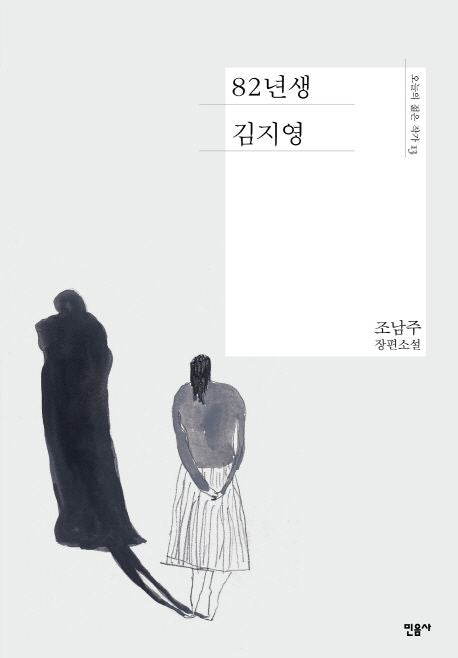
![Omniscient Reader’s Viewpoint Part 4:4 [Korean Edition]](http://i-eung.com/cdn/shop/files/Omniscient_Reader_s_Viewpoint_Part_4_800x.jpg?v=1760679910)
![Omniscient Reader’s Viewpoint Part 4:3 [Korean Edition]](http://i-eung.com/cdn/shop/files/Omniscient_Reader_s_Viewpoint_Part_3_800x.jpg?v=1760679638)
![Omniscient Reader’s Viewpoint Part 4:2 [Korean Edition]](http://i-eung.com/cdn/shop/files/Omniscient_Reader_s_Viewpoint_Part_2_800x.jpg?v=1760679460)
![Omniscient Reader’s Viewpoint Part 1 :1 [Korean Edition]](http://i-eung.com/cdn/shop/files/OmniscientReader_sViewpointPart1_800x.jpg?v=1760677855)

